A transistor used as a variable resistor isn’t special just for being a transistor: it’ll just get hot. The gain just tells you the ratio of the collector and base currents.
You will absolutely need a converter of some sort, but it doesn’t imply a switching mosfet and an inductor. You can be switching capacitance. You can be shining many series-connected LEDs without a dropper resistor onto a solar panel to power that one LED - it’ll surely waste way less than 9W! And so on. It doesn’t mean that the approach would be practical for mass production or even for a marketable product of course.
If you can get by with lighting many LEDs instead of just one, then you can connect a couple hundred LEDs in series and a much smaller dropper resistor wasting much less power. By setting the current correctly, the LEDs will together emit as much light as one LED would, and no more. In fact, for this sort of an application, you’d really want a small current source driving the LED string, like LM334 - since the current will be minuscule with that many LEDs, as they’ll operate at say 0.2-0.5% of the current the single LED would operate at. I guess 50-100uA is all you’d need.
If this is for a product then a switcher will be a solid solution, but not necessarily a switcher you can just copy from an application section in a data sheet. A self-resonant transformer converter, set up as a tank, with a transistor oscillator at one end of the winding, would probably do the job just fine. It can be very cheap in quantity in spite of the custom transformer - it’ll be a very low power high frequency transformer, after all. You can wind one yourself for a pot core, using a split bobbin for isolation. It can be reasonably efficient too.
But I think that perhaps you’re over complicating this: there are self-contained standard industrial indicators that can take such inputs directly, and include the necessary power conversion inside.
